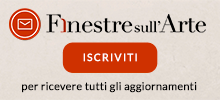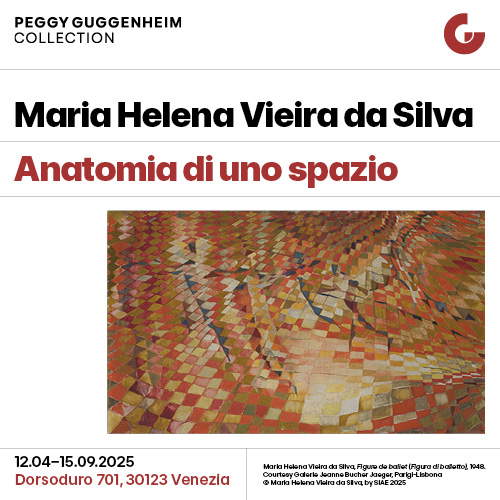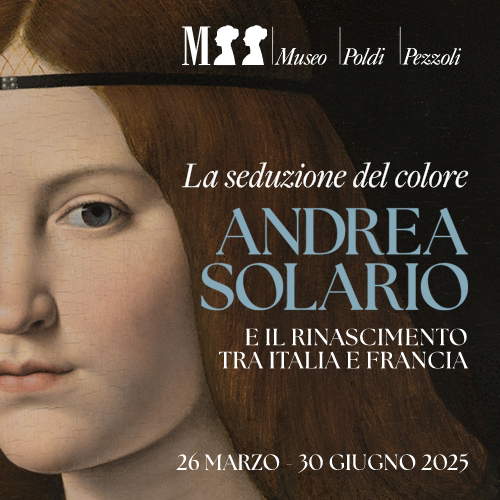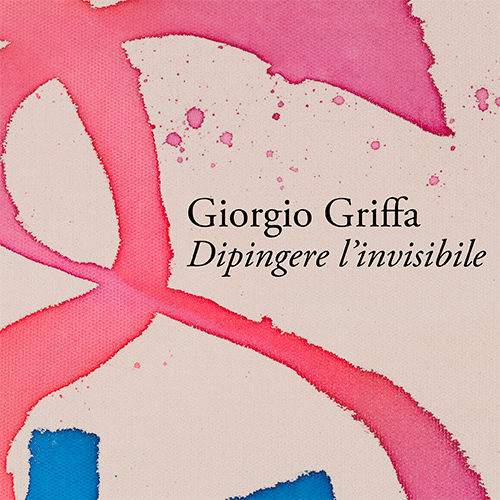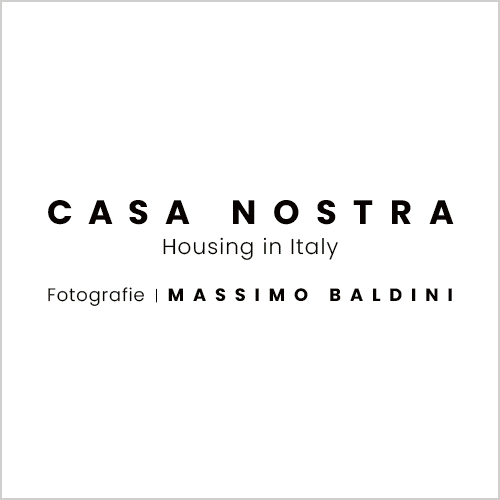Venturino beyond Pinocchio: the exhibition that rediscovers the artist's soul in the city of Pescia
The city of Pescia, which has always been linked to the Pinocchio myth, is hosting an exhibition that expands its boundaries and renews its meaning. From April 10 to July 27, 2025, the POMA Liberatutti Foundation presents Oltre Pinocchio - Cantico a Venturino, an exhibition conceived and curated by Lucia Fiaschi and Filippo Bacci di Capaci, which pays homage to the figure and work of Venturino Venturi (Loro Ciuffenna, 1918 - Terranuova Bracciolini, 2002), one of the most lyrical and profound artists of the Italian 20th century. Far from a simple iconographic celebration of the world’s most famous puppet, the exhibition is a broad and complex reflection, capable of interweaving memory, identity and matter, with a gaze projected as much toward individual research as toward the collective symbolic heritage.
In Pescia, a stone’s throw from the famous theme park dedicated to Collodi’s character, a project takes shape that goes beyond the more usual imagery linked to Pinocchio. Venturino Venturi, who for decades has dialogued with the figure of the puppet, succeeds in transposing its vitality and emotional tension into multiple languages: painting, sculpture, engraving, printmaking. On display are seventy-five works from the Venturino Venturi Archive, the Florentine Civic Museums, the Carlo Collodi National Foundation, the BCC Banca Valdarno collection and important private collections.
One section of particular note is devoted to the thirty temperas created in 1986, designed for a special edition of The Adventures of Pinocchio. Never exhibited to the public except during the presentation of the volume, these works remain unique in their expressive power and chromatic density. Venturino sketches a primitive, restless, vibrant Pinocchio. A puppet restored to his symbolic essence, capable of embodying archaic forces, atavistic fears, unresolved desires.

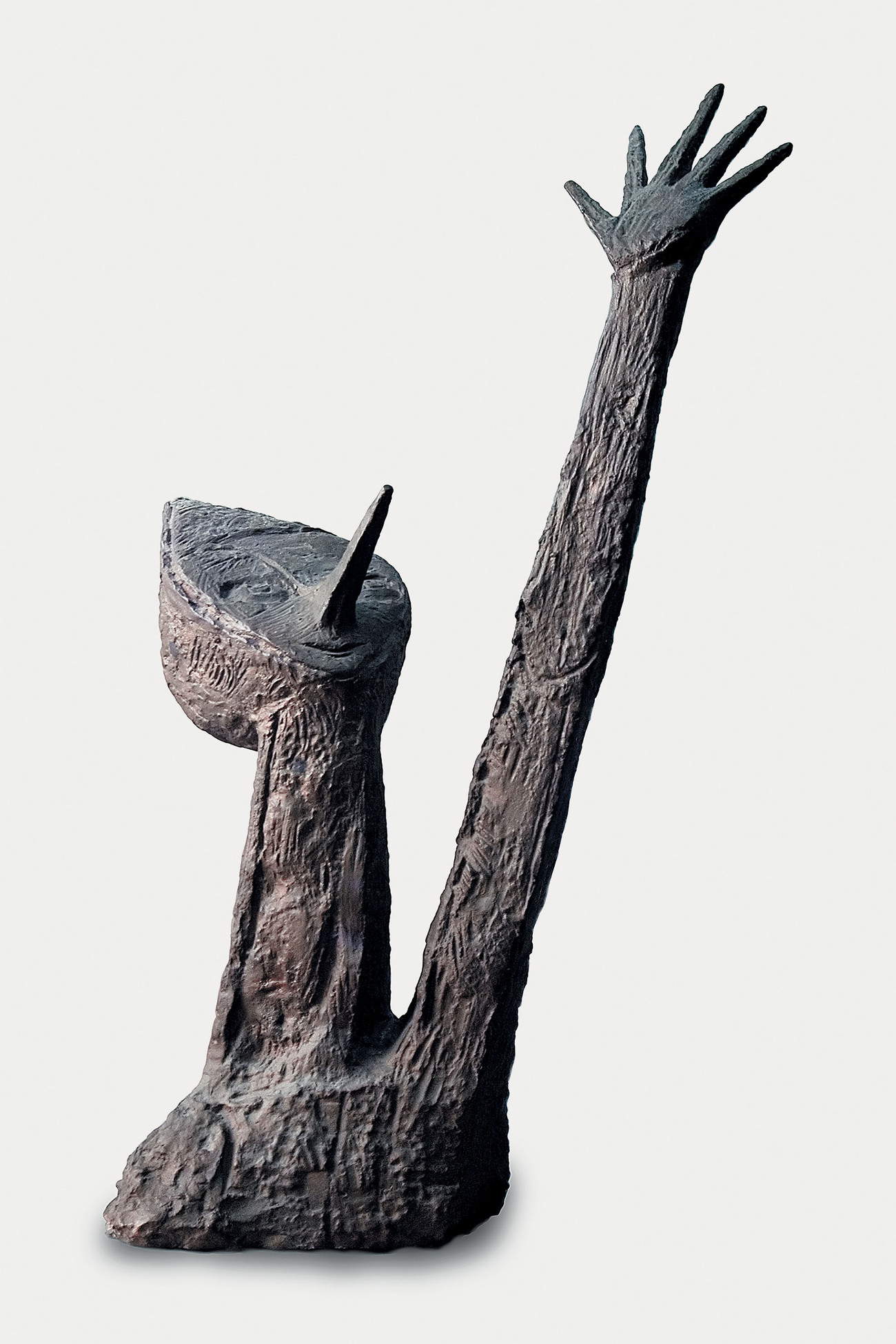
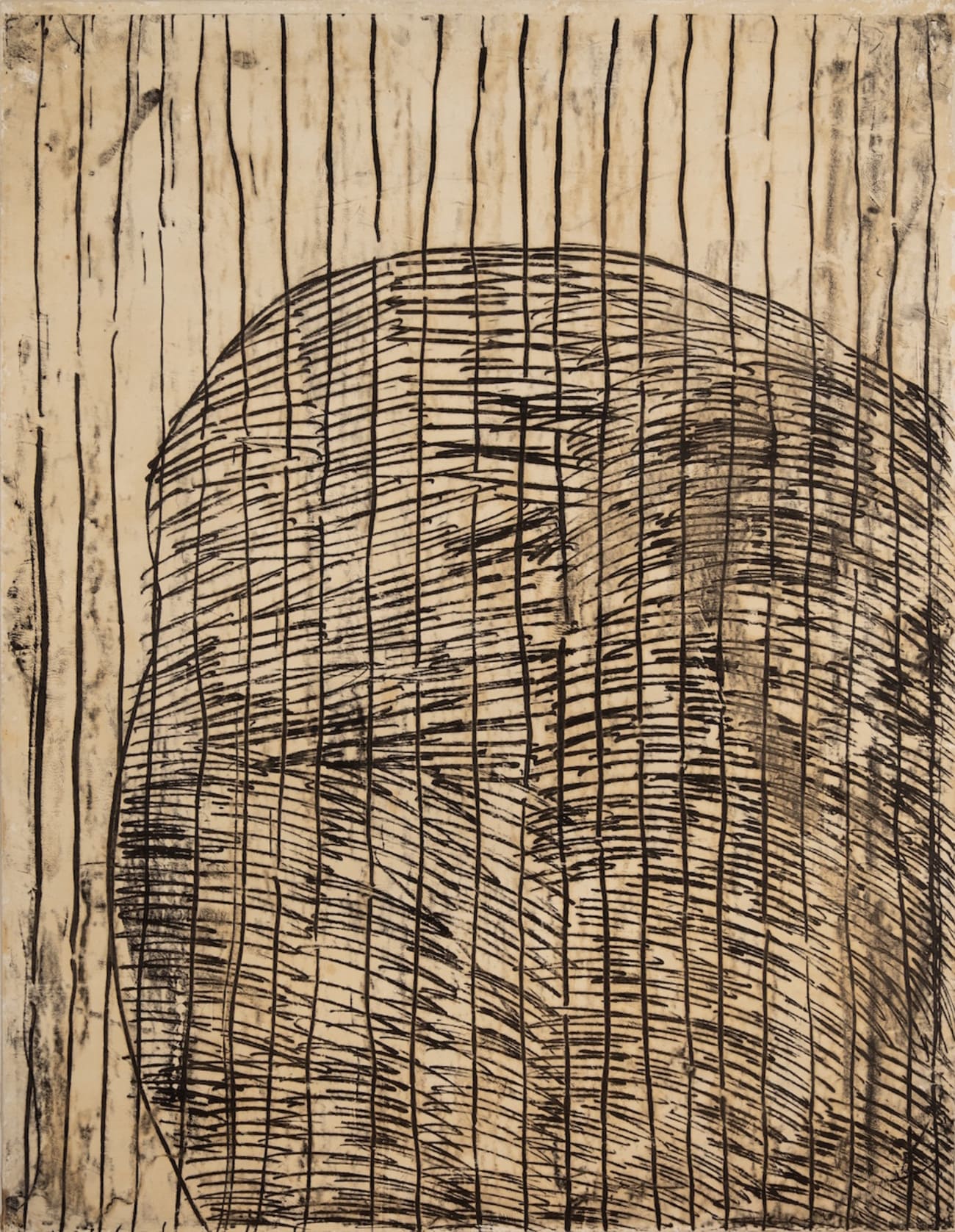
The imprint as an act of excavation
Beginning with fourteen oil imprints made between 1963 and 1968, the Venturinian sign becomes living matter. The technique, original and visceral, transforms oil into layer, into crust, into testimony, evoking bodies and memories through a form that seems to hold time. The imprint is definitive, powerful gesture, revealing interiority and experience. Each work is an attempt to capture the invisible, returning images that are striking in their emotional intensity.
Among the most fascinating nuclei of the exhibition are six wooden matrices made in 1948. Carved to be used in the production of monotypes, they reveal a dual nature: on the one hand they preserve the technical origin of their use, and on the other they are transformed into autonomous objects, true abstract sculptures. Figures poised between geometry and narrative, capable of attracting the eye with their formal ambiguities. Not surprisingly, these very works fascinated Lucio Fontana, who saw in Venturino one of the few artists able to combine conceptual depth and plastic sense.
The Pinocchios that did not find a square
The relationship between Venturino and Pinocchio is also marked by an emblematic event: the 1953 competition for the Pinocchio Monument. Venturino won, but in ex-aequo. The statue planned to dominate Mosaic Square was never built. However, two preparatory sculptures remain, now the focus of the exhibition. One cast, from the BCC Banca Valdarno, whose concrete version is preserved in the Vatican Museums. The other in wood, iron and nails, kept by the Carlo Collodi National Foundation, marks the first conception of the monument that was never built. Valuable evidence of an artistic dream that remained unfulfilled, but far from failed.
Completing this exhibition segment is a third sculpture, the Portrait of Giovanni Michelucci, created by Venturino as a tribute to the famous architect with whom he shared a design and poetic vision, born precisely around the Collodi undertaking. Michelucci was in fact a member of the jury of the competition, and later collaborated on the design of Pinocchio Park.
Masks and Identity
A surprising section of the exhibition is dedicated to the eighteen painted papier-mâché masks, the result of research carried out by Venturino to investigate the themes of identity and metamorphosis. The masks, stylized but intensely evocative, alternate expressiveness and formal rigor. They evoke portraits, archetypes, dreams and obsessions. They move between stillness and vibration, between form and transfiguration, bringing to the surface the continuous tension that runs through the artist’s entire oeuvre. They are faces that seem to hold their voices, mouths that do not speak but can tell.
Closing the exhibition is the animated short film Turchino by Alice Rovai, an original work that reworks Venturini’s universe in a contemporary key. Sound, image, matter: the film restores the vitality of the line and matter dear to Venturino, ferrying his poetics into the language of the present. Alongside the short film, there is also a video-documentary Dimmi Venturino. .. signed by Francesco Castellani, which collects interviews, testimonies and archival materials, to return the living voice of an artist who has always been able to put himself on the line. The exhibition catalog, edited by Marta Convalle, Lucia Fiaschi and Filippo Bacci di Capaci, will be published by Edizioni Fondazione POMA Liberatutti within the PomArte series. The exhibition can be visited Wednesday through Sunday, 10 a.m. to 12:30 p.m. and 5:30 p.m. to 10 p.m. Admission is free and no membership is required.
Notes on the artist
Among the most singular and significant personalities of twentieth-century Italian art, Venturino Venturi marked his era with constantly evolving research. Born in Loro Ciuffenna, in the province of Arezzo, he completed his training between France and Italy, traversing some of the most delicate historical passages of the last century with a spirit always aimed at experimentation. His visual language, suspended between abstraction and figuration, attracted the attention of critics and colleagues, so much so that Lucio Fontana wanted him among the signatories of the Manifesto of Spatialism.
His deepest connection, however, was intertwined with the symbolic figure of Pinocchio. The puppet created by Collodi became for Venturino an expressive alter ego, an ideal companion with whom to confront great themes such as freedom, transformation, and destiny. A pivotal stage in this artistic association took place in the 1950s, with Venturi’s participation in the competition to create a monument to Pinocchio in Collodi Park. Venturi won first prize, but only ex-aequo, and the project, which included a large statue in the center of the square he designed and decorated with a vast mosaic surface, was never completed.
That failure to complete, instead of representing a stopping point, became for the artist an impetus to continue with renewed momentum. Pinocchio thus became a persistent symbol of his poetics, the protagonist of sculptures, drawings and works that mark a long creative season. In the following years, Venturino returned to his hometown, where he established the monographic museum that still bears his name and serves as a hub for the study of Italian art of the second half of the 20th century.
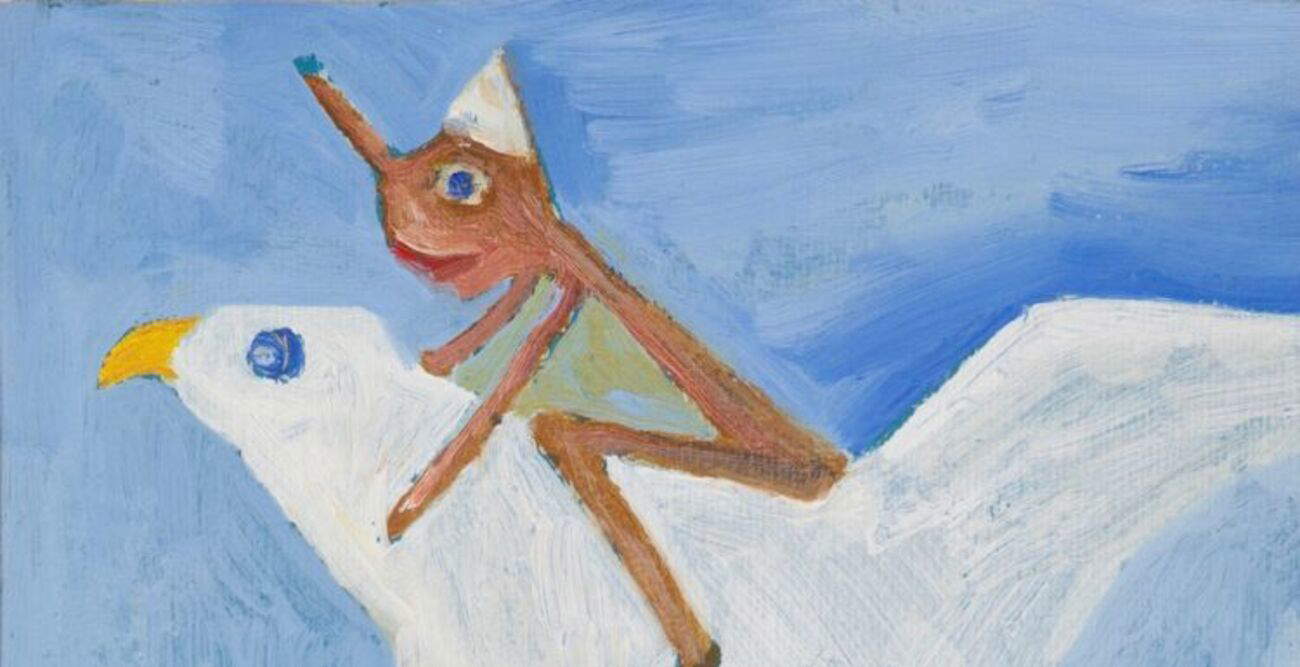 |
| Venturino beyond Pinocchio: the exhibition that rediscovers the artist's soul in the city of Pescia |
Warning: the translation into English of the original Italian article was created using automatic tools. We undertake to review all articles, but we do not guarantee the total absence of inaccuracies in the translation due to the program. You can find the original by clicking on the ITA button. If you find any mistake,please contact us.
